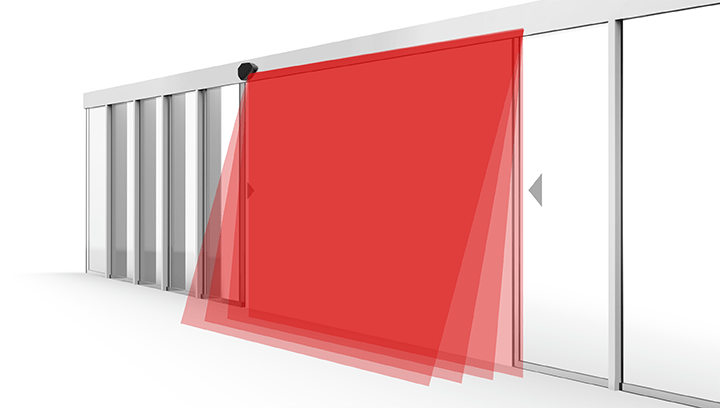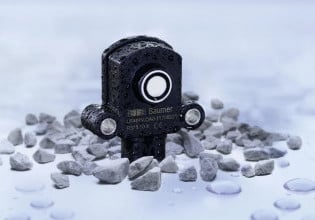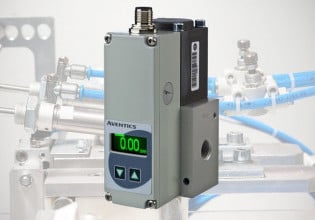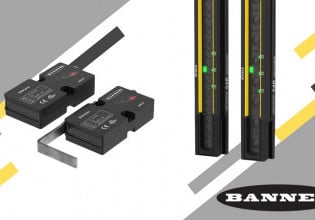Autonics Launches LSE3 Series LiDAR Sensors for Accurate Object Detection
Autonics has released its newest series of LiDAR sensors for object detection in industrial and commercial settings. The laser scanners feature a 90-degree detection angle and up to a 10 x 10 m detection area.
Comprehensive automation solutions provider Autonics has released its latest LiDAR-based laser scanner series. The new series of sensors bring robust and accurate LiDAR detection to a variety of commercial and industrial applications.
Autonics has launched its latest LiDAR sensors, the LSE3 series. Image used courtesy of Autonics
What Is LiDAR?
Originally developed for military applications, light detection and ranging (LiDAR) has become a widely used technology for industrial applications. LiDAR works by tracking the time it takes for a laser beam to leave and return to its source. LiDAR has become useful for industrial applications, especially those dealing with sensing, like autonomous mobile robots (AMRs) or safety fencing and guarding.
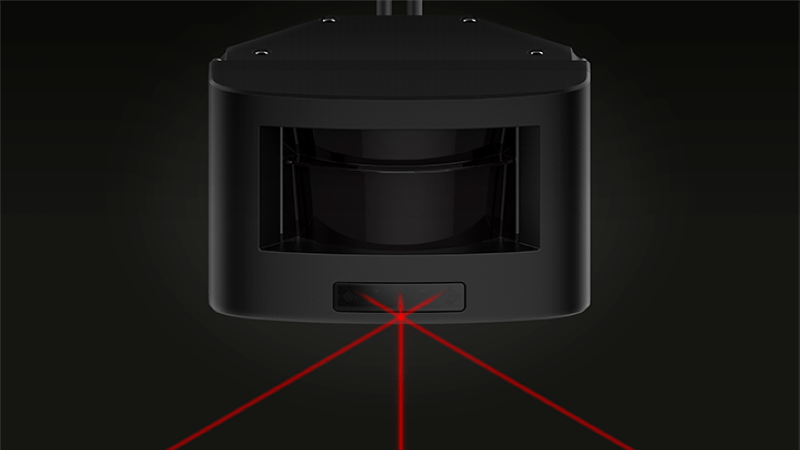
Users can speed up LSE3 sensor installation and calibration with three visible lasers. Image used courtesy of Autonics
LSE3 Series LiDAR Sensors
Autonics’ new LiDAR sensor lineup, the LSE3 series, includes a maximum detection area of 10 x 10 m. In addition to a large detection area, the sensors utilize a 90-degree detection angle that provides a more accurate method of object presence detection. The sensor’s installation is facilitated through the use of visible 3-point laser beams, which help reduce the time and labor associated with the installation process.
LSE3 series sensors support up to four different channels for extended communication. To help minimize communication errors, the sensors take advantage of different filter functions that reduce noise for clean, accurate data transfer. An aluminum die-cast housing provides adequate protection from the tough industrial environment and also minimizes the chance of interference from 5G communication repeaters.
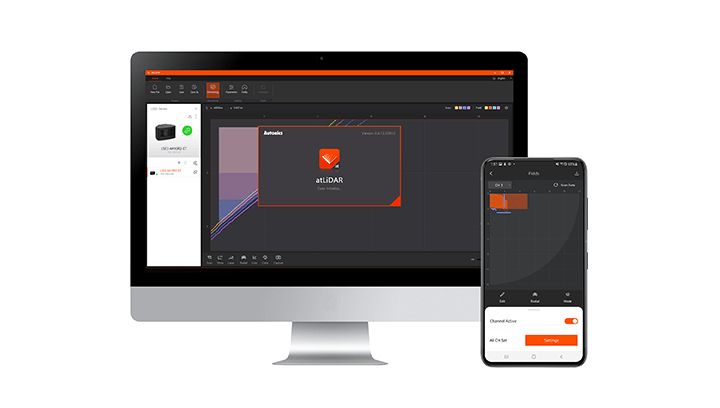
PC or mobile (Android) communication is possible with the new LSE3. Image used courtesy of Autonics
atLiDAR Dedicated Software
Separate remote controls are eliminated with Autonics dedicated laser scanner software, atLiDAR. The dedicated software can be used through a PC or Android-based mobile connection. Ethernet communication is also supported for installations that benefit from Ethernet communication capabilities.
Operation indicators come standard to help users identify current scanner status and quickly determine if there are any errors with the equipment. The status indicators even work in unstable conditions or if the installation location changes. For continuous operation in the event of fog, rain, snow, or dust, various filter functions help to provide seamless sensor operation.
LiDAR sensors are useful for object detection systems, such as detecting the entry and exit of vehicles and personnel. Image used courtesy of Autonics
Laser Scanner Applications
LiDAR-based scanner solutions, like the LSE3, are useful in various applications, including safety, security, and object detection. Some common safety applications include light curtain replacement, where scanners simplify safety fencing for robotic systems. Safety applications can also include person detection, like in smart crosswalks, where pedestrian crossings can benefit from pedestrian detection.
The addition of LiDAR technology, like the LSE3 series, can also enhance security systems by detecting the presence of intruders in places like retail stores or storage facilities. The sensors can also be used for parking lot gates or any type of gate system where presence detection would be beneficial.
There are many more object detection possibilities, especially for automated processes. This includes truck presence in warehousing, which could help logistics systems know which warehouse bays are occupied or tell warehouse doors when it is safe to close after a truck leaves.


